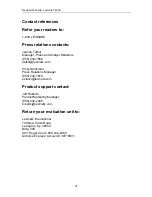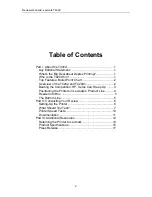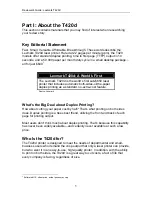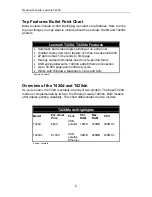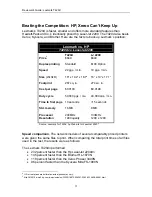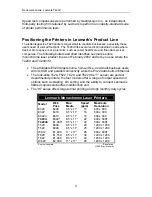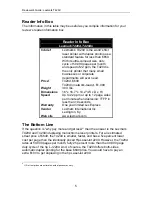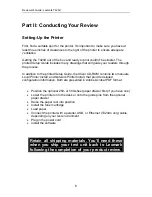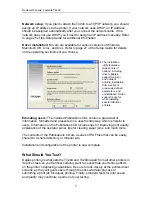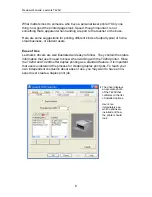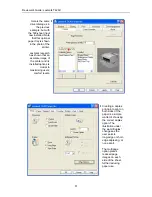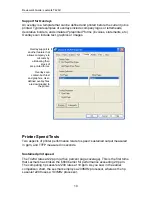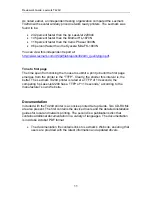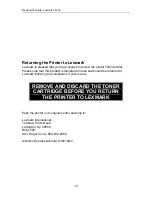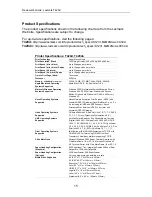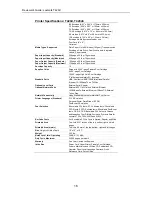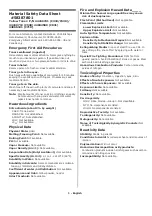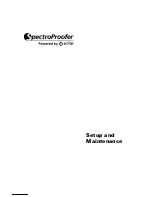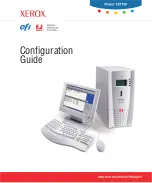
Reviewer’s Guide: Lexmark T420d
7
Network setup:
If you plan to attach the T40dn to a TCP/IP network, you should
assign an IP address to the printer. If your network uses DHCP, an IP address
should be assigned automatically after you connect the network cable. If the
network does not use DHCP, you’ll need to assign an IP address manually. Refer
to page 25 of the Setup Guide for additional information.
Driver installation:
Drivers are available for various versions of Windows,
Macintosh OS, Linux, and Unix. Refer to page 27 of the Setup Guide for details
on the operating environment you choose.
The installation
utility features a
wide variety of
options, including
driver updates,
support for local
and network
printing, installation
from a script of
previously defined
parameters, and
uninstallation. Script
support is useful
when installing
several identical
printers.
Educating users:
The included Publications CDs contain a great deal of
information, formatted and presented in a user-friendly way, which is helpful to
users. Information on the Publications CD includes tips for improving print quality,
explanation of the operator panel, tips for clearing paper jams, and much more.
The contents of the Publications CD are a series of PDF files that can be easily
shared to a shared directory or Intranet site.
Installation and configuration of the printer is now complete.
What Should You Test?
Duplex printing is what sets the T420d and T420dn apart from all other printers in
its price class, so you’ll almost certainly want to concentrate your testing efforts
on the printer’s duplexing capabilities. Be sure to look closely at the printer-driver
screens, as they will guide users through the not-so-familiar process of
submitting a print job for duplex printing. Finally, standard tests for print speed
and quality may constitute a portion of your testing.



